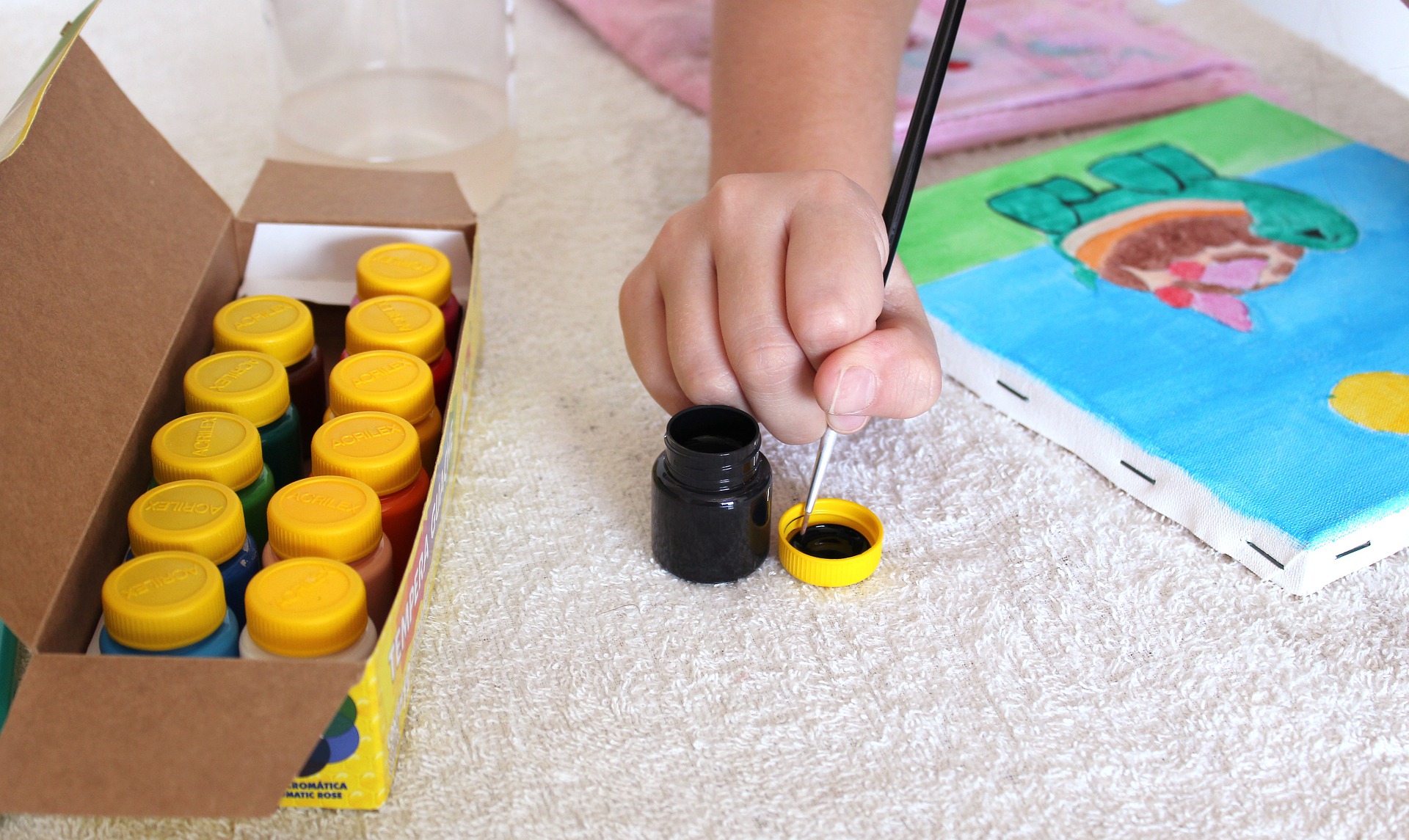The State of Preschool 2019
State-funded pre-K is an increasingly important part of public education. These programs support early learning and
development to better prepare children to succeed in the primary grades and to reduce achievement gaps that emerge well before kindergarten. They also serve the child care needs of some children and families. Many state-funded preschool programs rely on mixed delivery systems of public and private programs, including Head Start, to facilitate integration with child care. (National Institute for Early Education Research, Rutgers University)
Report: State preschool programs at risk of ‘long-term damage’
States spent $8.7 billion on preschool last school year — a 3.5% increase over the previous year — but publicly funded early-childhood education programs are at risk of experiencing “long-term damage” due to the pandemic’s effect on the economy, according to leaders of the National Institute for Early Education Research. “The current and looming economic crisis poses a considerable threat to state-funded pre-K,” W. Steven Barnett, NIEER’s senior co-director and founder, said Monday during a press call. “It needs to grow and improve, not just hold on.”
Michigan Pledges $130 Million to Keep Child Care Providers Open
Michigan will distribute $130 million to child care providers to help them weather the coronavirus crisis. Providers can begin applying for grants today, according to a statement from Gov. Gretchen Whitmer. While some child care centers rely on state funding that has continued during the pandemic, many others operate as private businesses that can’t survive long without payment from families, many of whom are staying home to prevent the spread of the new coronavirus.
Fun at Home with Preschoolers: Play with Light & Shadow
Young children often like to find out about the sun, the moon, and the clouds in the sky. In any season, help your preschooler dress for the weather, put on sunscreen, and then turn your yard or the park into an outdoor science lab! Here are some resources that guide on everyday activities.
Illinois was Rebuilding its Early Learning System. Then COVID-19 Happened.
Last school year, Illinois added 6,000 preschool seats, joined a select group of four states to earmark sizable increases for early learning expansion, and hit eight of 10 national benchmarks for quality, according to a report released Wednesday that compares preschool programs state by state. Normally Illinois might point to the annual report, published by the National Institute for Early Education Research at Rutgers University, as a source of pride. But this snapshot reflects pre-COVID-19 Illinois. Can the state’s early learning momentum survive the disruption?
Everyday Early Intervention During Coronavirus
Early intervention (EI) programs, CFC offices, and providers around our state have suspended in-person visits. However, infants, toddlers, and their families can keep working on EI outcomes. The EI Clearinghouse has put together this set of selected tip sheets with ideas about how infants and toddlers can keep learning during play and daily routines. We hope these resources help you start to think about everyday moments in the kitchen, when doing the laundry, or playing on the couch and turn them into opportunities for Everyday Early Intervention with your family. In addition, please contact us to request books and DVDs for you and your child to use at home.
Will Child Care Be There When States Reopen?
Helping Young Children With Disabilities During a Trying Time: Adding Structure and Routine
While all children benefit from consistent routines, children with disabilities often rely on them more. Some children with disabilities have trouble with change, so keeping transitions predictable is key. Other children may have difficulty understanding verbal directions; visual directions and predictability are very helpful for them. Some children with cognitive disabilities have trouble understanding ideas of past, present, and future, and they rely on predictable events to help mark the passage of time. So, if you are faced with adding structure to your child’s day, here’s a simple step-by-step plan to add some to your new normal. As you begin, remember that it needs to work for you and your family. You probably have a lot of demands on your time and attention right now. Start with something that’s not too ambitious and build upon it as you are able, if you are able. Any effort you make is something to be proud of in these trying times.
Strengthening the Early Childhood Education Workforce
This Policy Brief identifies five policy levers, in addition to funding opportunities, that states employ to attract, support and retain quality talent in the early education workforce.

